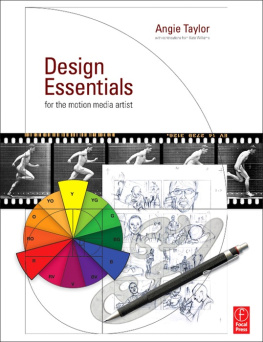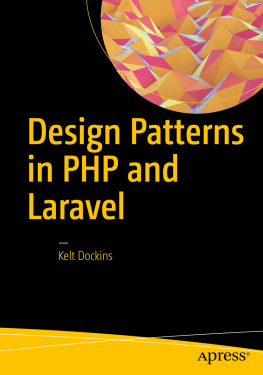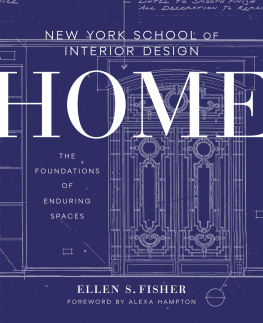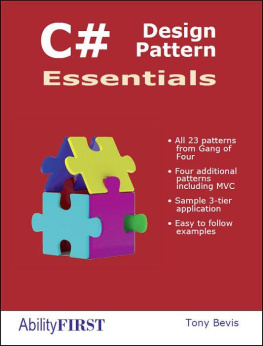Table of Contents
Text 2002 by Max Jacobson, Murray Silverstein, and Barbara Winslow
Photographs 2002 by davidduncanlivingston.com, except: pp. 22, 26 (top), 33-37, and 39-41photos David Hall; p. 30photo by Charles Miller, courtesy Fine Homebuilding magazine, The Taunton Press, Inc.; pp. 31 and 32photos Jill Sousa; p. 47photo Donald Corner/Jenny Young Architects; p. 70photo Scott Frances/Esto; p. 71photo Craig Blackmon; p. 72photo by David Hall, Henry Klein Partnership, Architects; p. 73photo JK Lawrence/www.jklawrencephoto.com; p. 97photos David O. Marlow; pp. 98, 121, and 125photos William Helsel; p. 103photo Douglas Dunn; p. 107photo George Homsey; p. 108photo Elizabeth Glasgow; p. 111lphoto Robert du Domaine; p. 131photo courtesy Alexander Architectural Archive, University of Texas at Austin; p. 135photo Norman McGrath; p. 166 (bottom)photo Peter Mauss/Esto; p. 182photos by Glenn Lym, Glenn Robert Lym Architect; pp. 184 and 185photos by Rob Super, Glenn Robert Lym Architect; p. 208photo by Anita Olds, JSW Architects; pp. 209, 210 (left), and 278 (top left)photos JSW Architects; p. 211photo Chris Eden; p. 233 (top)photo Susan Felter; pp. 233 (bottom) and 234photos Martha Coneybear; p. 235photo Pat Sudmeier, courtesy Cottle Graybeal Yaw Architects; p. 236photo Cottle Graybeal Yaw Architects; pp. 238 and 239photos Brian VandenBrink; and p. 278 (top right)photo Gary Coates.
Illustrations 2002 by The Taunton Press, Inc.
All rights reserved.
The Taunton Press, Inc., 63 South Main Street, PO Box 5506, Newtown, CT 06470-5506
e-mail: tp@taunton.com
Distributed by Publishers Group West
JACKET DESIGN: Susan Fazekas
INTERIOR DESIGN AND LAYOUT: Susan Fazekas
ILLUSTRATOR: Martha Garstang Hill (principal) and JSW Architects
Library of Congress Cataloging-in-Publication Data
Jacobson, Max,1941-
Patterns of home: the ten essentials of enduring design / Max Jacobson, Murray Silverstein, Barbara Winslow.
p. cm.
ISBN 1-56158-533-5
1. Architecture, Domestic--Designs and plans. 2. Architectural design--Technique. I. Silverstein, Murray. II. Winslow, Barbara. III. Title.
NA7115 J334 2002
728 .370222--dc21
2002007103
Printed in the United States of America
10 9 8 7 6 5 4 3 2 1
ACKNOWLEDGMENTS
M any people have helped us with this book, and we take this opportunity to offer our thanks. First and foremost, we would like to express our gratitude to the extraordinary staff at The Taunton Press. In particular, many thanks to our superb editor, Peter Chapman, who guided us so gracefully from conceptualization through final draft; to Jim Childs, for his vision and steady support; to Paula Schlosser, our marvelous art director, for giving the book such an elegant and appealing look; to Susan Fazekas for her work on the design and layout; to illustrator Martha Garstang Hill; and to design manager Carol Singer. Special thanks to Chuck Miller, editor of Fine Homebuilding magazine, for helping us formulate the project and encouraging us along the way.
Much of the vitality of architectural books comes from their photography. Photographer David Livingston criss-crossed the country shooting the featured houses, and we are grateful for his amazing capacity to both understand what we were after and bring it to life with his fluid technical skill.
To the homeowners of all the houses portrayed in the book, a warm thanks for letting us photograph and write about your homes. Thanks also to the architects whose work is included for submitting material and helping us to understand it; and to the architects and their clients who submitted inspiring projects that, within the scope of a single volume, we simply were not able to use. We are particularly indebted to Sarah Susanka, who helped us find our way to many of the architects whose work we have had the good fortune to study.
Deep thanks to Chris Alexander and the Center for Environmental Structure in Berkeley, California. From 1967 to 1974, Max and Murray worked at the Center; and along with Chris, Sara Ishikawa, Shlomo Angel, Ingrid King, and Denny Abrams, they helped create the 1977 book A Pattern Language. Patterns of Home draws on our experience as practitioners at JSW Architects, but its foundations lie in the work begun at the Center by these people.
We could not have written this book as we didin the middle of our office, in the midst of a busy practicewithout substantial help from an unusually talented and supportive staff. Thanks to everyone in the office during the time the book was occupying our attention. In particular, thanks to Helen Degenhardt, Doug Shaffer, and Robert Fukuda for reviewing chapters and offering comments; to Tran Nham and Priscilla Thomas for helping us track down the architects from all over the country who submitted work; and to Brydie McPherson, for copy editing several chapters and taking on the task of credits and permissions with such wonderful energy and good spirit.
FOREWORD
T wenty-five years ago a book was published that precipitated a paradigm shift in the way we understand the built environment. A Pattern Language made residential architecture, building design, and city planning much more accessible to people not trained in the field. Its goal was to put the tools for making great places back into the hands of those who use them, by explaining the underlying patterns of behavior and form that shape experience. That book was assembled by a group of architects and architecture students who pooled their insights to arrive at some 250 patterns that affect the way we live. The book provided an extraordinary contribution to design philosophy, but its shear scope and scale made it a daunting prospect for all but the most dedicated of readers.
Two of the original authors, Max Jacobson and Murray Silverstein, along with Barbara Winslow, their partner in architectural practice, now offer a new and far more manageable volume, featuring the ten most critical patterns for residential design. Although each pattern seems deceptively simple, the application of each of these ideas can transform a house into a far more evocative place to liveone of integrity and substance, as the projects used to illustrate each admirably demonstrate. Best of all, because the authors have spent most of their professional lives using and evolving the patterns, they bring a breadth of knowledge that gives the reader access to a quarter century of refinement of the original notions.
Whether or not you are planning to build or remodel a house in the near future, this book will give you much insight into why certain houses seem to resonate with the lives of their inhabitant while others seem lacking. As youll see from the pages that follow, none of this is particularly complicated. It simply results from careful observation of what our senses tell us about the places we inhabit. Patterns of Home gives back to the homeowner the tools to make a house a truly wonderful place to live.

















